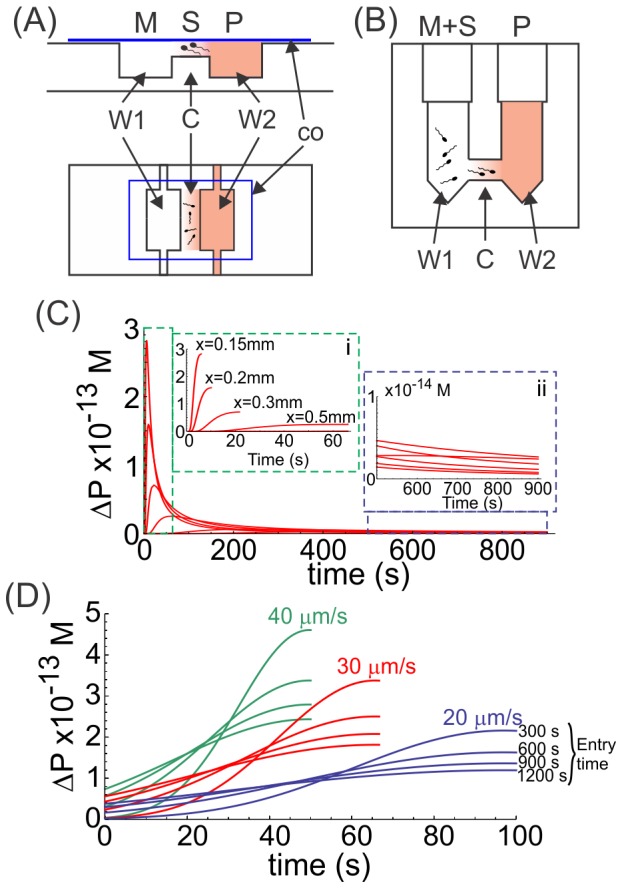Figure 1. Chambers for generating progesterone gradients.

Both chambers consist of two wells (W1 and W2) with a connection (C) between them, where progesterone (P) is loaded in W2 and diffuses to W1 (containing culture medium; M) through the connection, forming a one-dimensional concentration gradient. The difference between systems lies in the way spermatozoa (S) are exposed to the gradient. A, in the CH chamber the sperm population is stuck to a coverslip (co) which is positioned upside down at the connection containing the progesterone gradient; therefore, the cells are exposed to the progesterone gradient from a fixed position. B, in the SSA device, spermatozoa are loaded in W1, facing the progesterone gradient while swimming across the connection between wells. C and D, theoretical representation of the rate of change of progesterone (ΔP) over time in the CH and SSA chambers, respectively. ΔP was calculated according to the formula [P]t+1 - [P]t, where [P] is the concentration of progesterone and t is the time. C, ΔP shown in cells positioned at different arbitrary distance (x) from the progesterone-containing well (the closest position being 0.15 mm); insets: i, represents a magnification of ΔP values during the first 60 s of the experiment, in cells located at different distances from the progesterone source; ii, represents a magnification of ΔP for the same cells shown in i, but from 500 s until the end of the experiment. D, ΔP is shown in 3 theoretical cells swimming at different linear speeds (20, 30 and 40 µm/s) getting into the connection between wells at different times (300 s up to 1200 s).
